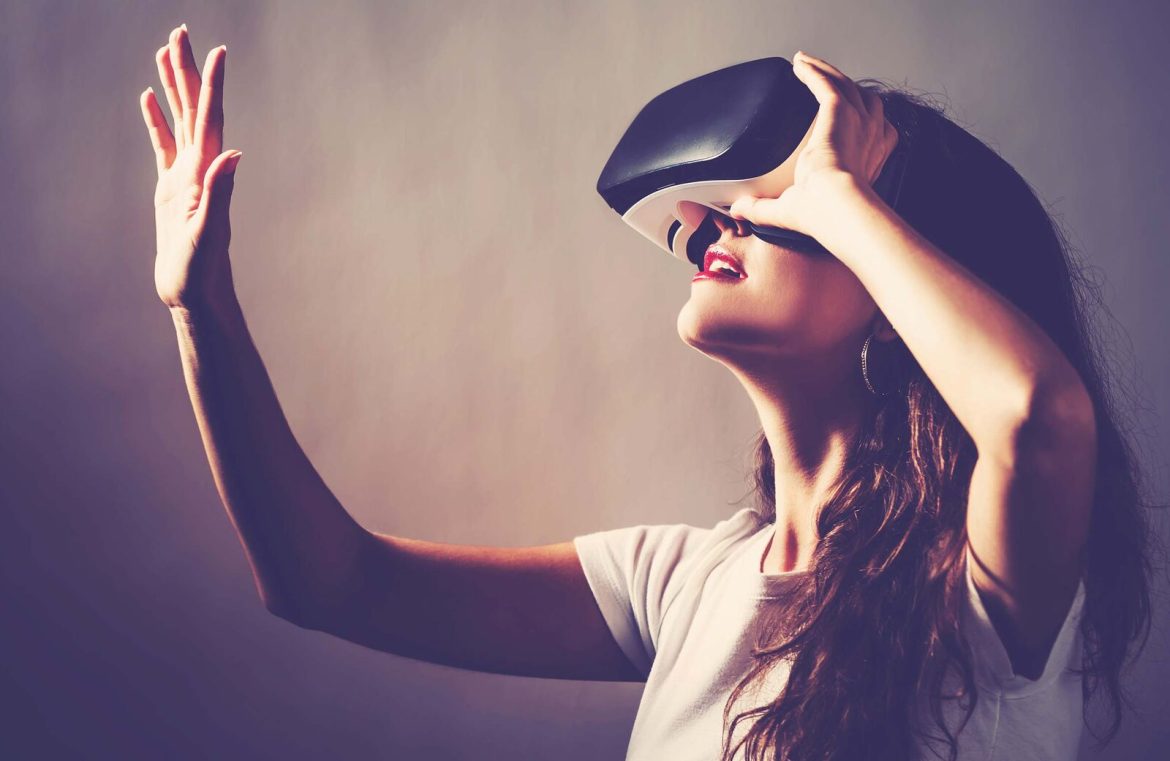Building Connections Through Emotional Design
The enduring bond between people and their chosen products is often colored by emotion. According to the peak-end rule, our assessment of experiences is heavily based on our feelings at their most intense points, regardless of whether they were joyful or displeasing. Positive emotional connections can forge deeper user engagement—wherein a product’s flaws may be forgiven owing to the positive feelings it generates. Designers, to truly influence emotions, must develop an understanding of general factors including:
- Human cognition – understanding how information is processed, learning patterns, and decision-making;
- Human psychology – elements that sway emotions such as color, sound, and music;
- Cultural influences;
- Contextual elements – user sentiment during product interaction, for example, the need for quick, hassle-free service when purchasing tickets from a vending machine, demanding a UI design that prioritizes speed.
By honing in on these aspects, designers can curate experiences that can alter one’s perception of the world. Here’s a look at expanding your design horizon beyond the constraints of screens.
Cultivating Authenticity in Voice Interfaces
The future often speaks of voice as its herald, with Gartner predicting that by 2018’s conclusion, 30% of our interactions with technology would be via dialogue. The usage of voice-activated assistants like Amazon Echo and Apple Siri in everyday tasks is already widespread. Yet the artificiality of the interactions is palpable, with responses often feeling scripted and predictable. Unlike these, Microsoft’s Xiaoice stands out with its emotionally intelligent framework, offering users a conversation with seemingly human authenticity. Although Xiaoice is limited to textual communication, these interactions hint at the potential depth achievable with voice-based systems. Imagine the spectrum of emotions possible through voice alone, enriching routine activities with a layer of enjoyment.
 Brain.im’s voice interface mockup by Gleb Kuznetsov
Brain.im’s voice interface mockup by Gleb Kuznetsov
Augmented Reality: From Phone Screens to Glasses
Augmented Reality (AR) artfully layers digital information onto our physical environments, transforming everyday objects into dynamic, interactive experiences. The magic of AR lies in making digital interactions feel tangible. While the early days of AR focused primarily on technological capabilities, the unprecedented success of Pokémon Go has shifted the spotlight onto content and user experiences. AR isn’t just for amusement; it’s a formidable tool that can enhance practical aspects of life, including:
Revolutionizing Online Shopping
A report by Retail Perceptions has found that 61% of consumers prefer stores offering AR, with furniture, clothing, and shoes topping the list of AR-friendly purchases. AR allows consumers to inspect product features in detail, making shopping a delightful experience and potentially reducing return rates.
 AR facilitating informed purchasing decisions, particularly for items like clothing and furniture.
AR facilitating informed purchasing decisions, particularly for items like clothing and furniture.
Escalating User Experience
AR enhances our perception of the world, offering immersive experiences such as interactive flight journeys or location-based contextual insights. Technologies like SLAM (Simultaneous Localization and Mapping) enrich these experiences by real-time environment mapping. The future of AR lies not just in being a clever overlay but in reimagining our surroundings with interactive, informational layers.
 Augmented in-flight experience by Milkinside.
Augmented in-flight experience by Milkinside.
Platforms like ARKit and ARCore have democratized sophisticated AR development, even as phones remain the most common AR devices. However, the real game-changer could be AR glasses like the Rokid Glass, offering hands-free, integrated experiences. Google Glass may not have been a market success, but it paved the way for products like the independent Rokid Glass, which requires no external device connections. As AR technology advances, it brings both wonder and worry — an augmented reality cluttered with too many digital stimuli could become overwhelming.

Blurring Realities: Transitioning from AR to VR for Immersive Experiences
AR projects a digital space that feels distinct and separate from the real world; however, Virtual Reality (VR) eliminates this separation, plunging us into immersive digital realms. Today, devices like Oculus Quest offer standalone VR experiences, removing the need for external processing units. VR opens up new possibilities for both entertainment and professional collaboration, challenging designers to consider how to create content and interfaces for virtual environments and address potential addictive behaviors.

Parting Thoughts
As we contemplate the current landscape of product design, it’s clear that endless possibilities await. The coming years will redefine Human-Computer Interaction (HCI) as we know it, propelling us towards interfaces that break free from the confines of screens and usher us into extraordinary interactions.
Featured image courtesy of DepositPhotos.

